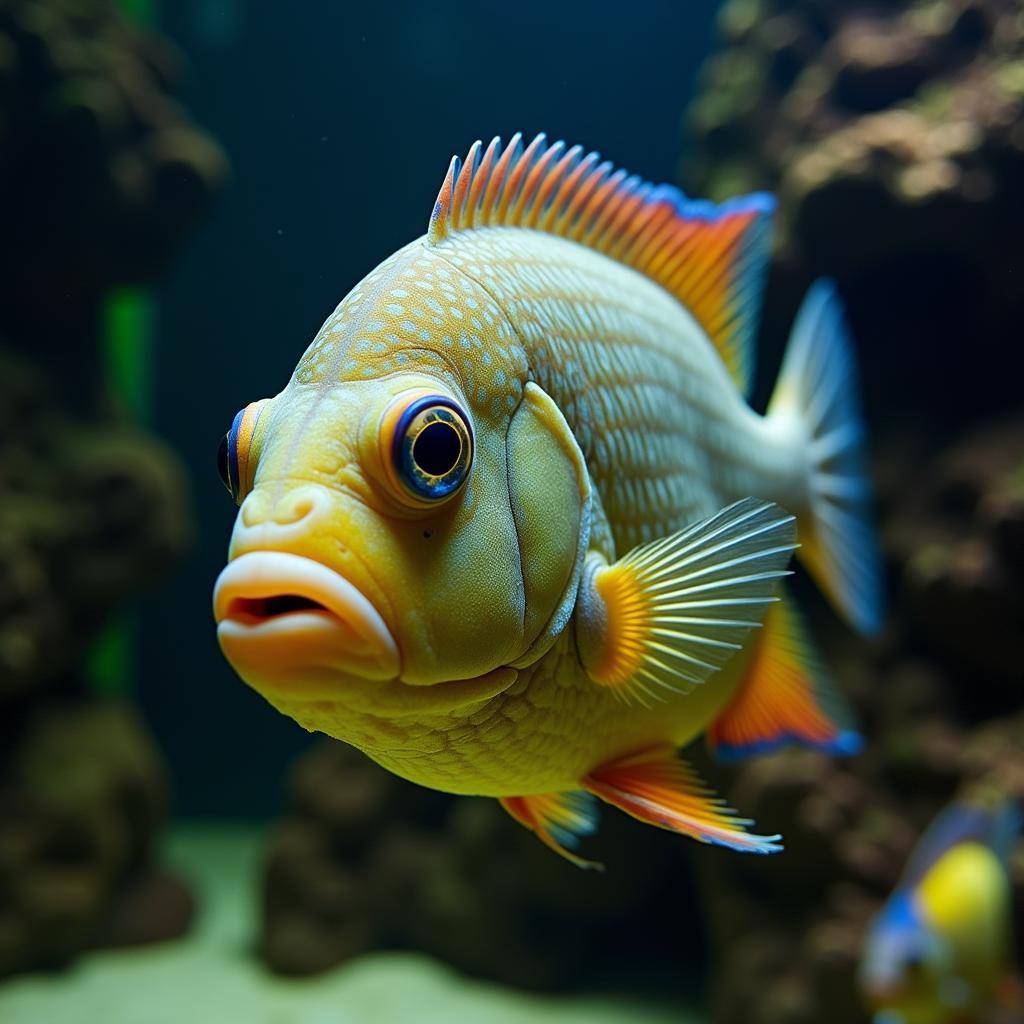The African Bird with a Mohawk: Unveiling the Secretarybird’s Secrets
The African savanna is home to a remarkable bird that stands out from the crowd with its unique appearance and intriguing habits. The “African bird with a Mohawk,” more commonly known as the Secretarybird, boasts long legs, a sharp beak, and, of course, the distinctive crest of feathers that gives it its name.
A Bird of Prey with a Difference
Standing at an impressive height of four feet, the Secretarybird (Sagittarius serpentarius) is a bird of prey with a unique hunting style. Unlike its airborne relatives, this avian predator prefers to stalk its prey on foot, covering vast distances with its long strides.
Why the Mohawk?
The Secretarybird’s most striking feature is undoubtedly its crest of long, black feathers that cascade down the back of its head, resembling a quill pen tucked behind the ear of a secretary – hence its name. While these feathers might appear purely ornamental, they serve a crucial purpose. During courtship displays, the male Secretarybird raises its crest to attract a mate, showcasing its vitality and genetic fitness.
More Than Just Good Looks: The Secretarybird’s Hunting Prowess
The Secretarybird’s long, powerful legs are not just for show. They deliver a swift and deadly kick, capable of killing snakes, lizards, and even small mammals. Their hunting strategy is a sight to behold; they use their strong feet to flush out prey from the undergrowth, then deliver a fatal blow with a swift kick.
“Secretarybirds are incredibly efficient hunters,” explains Dr. Anika Modise, a renowned ornithologist specializing in African raptors. “Their ability to cover large distances on foot and their unique hunting techniques make them highly successful predators in their ecosystem.”
A Vital Role in the Ecosystem
As apex predators, Secretarybirds play a crucial role in maintaining a healthy balance within their ecosystem. Their diet primarily consists of rodents, snakes, and other small animals, helping to regulate their populations.
Conservation Status: A Species at Risk
Sadly, the Secretarybird’s numbers are declining due to habitat loss, human conflict, and illegal wildlife trade. Classified as “Endangered” by the International Union for Conservation of Nature (IUCN), these magnificent birds need our help to survive.
What Can We Do?
Supporting organizations dedicated to conservation efforts and raising awareness about the plight of the Secretarybird are crucial steps in protecting this unique species for future generations.
Conclusion
The African bird with a mohawk, the Secretarybird, is a captivating creature that embodies the unique beauty and ecological importance of African wildlife. By understanding and appreciating its remarkable adaptations and the threats it faces, we can contribute to its conservation and ensure that this iconic bird continues to grace the African savanna for generations to come.


